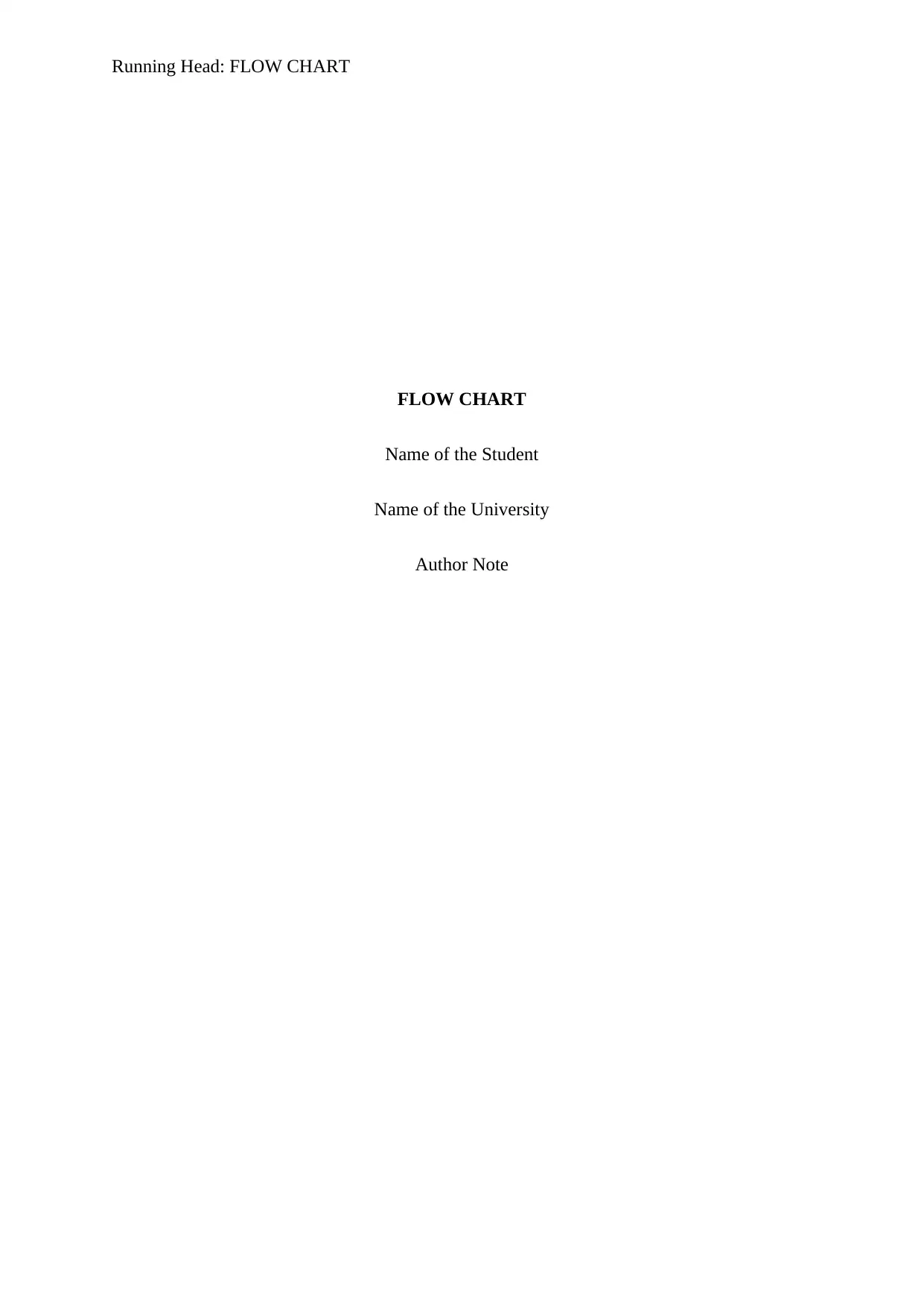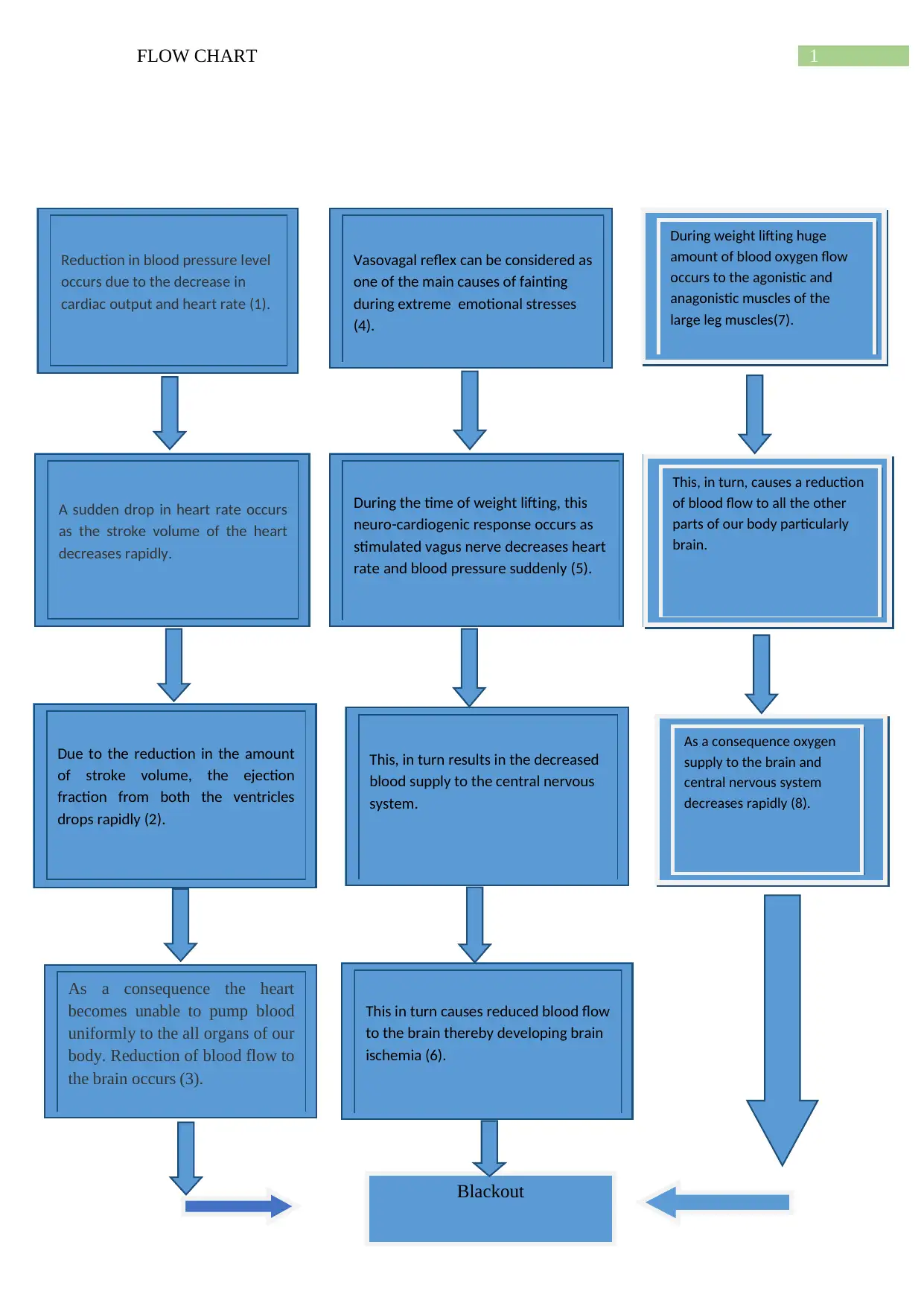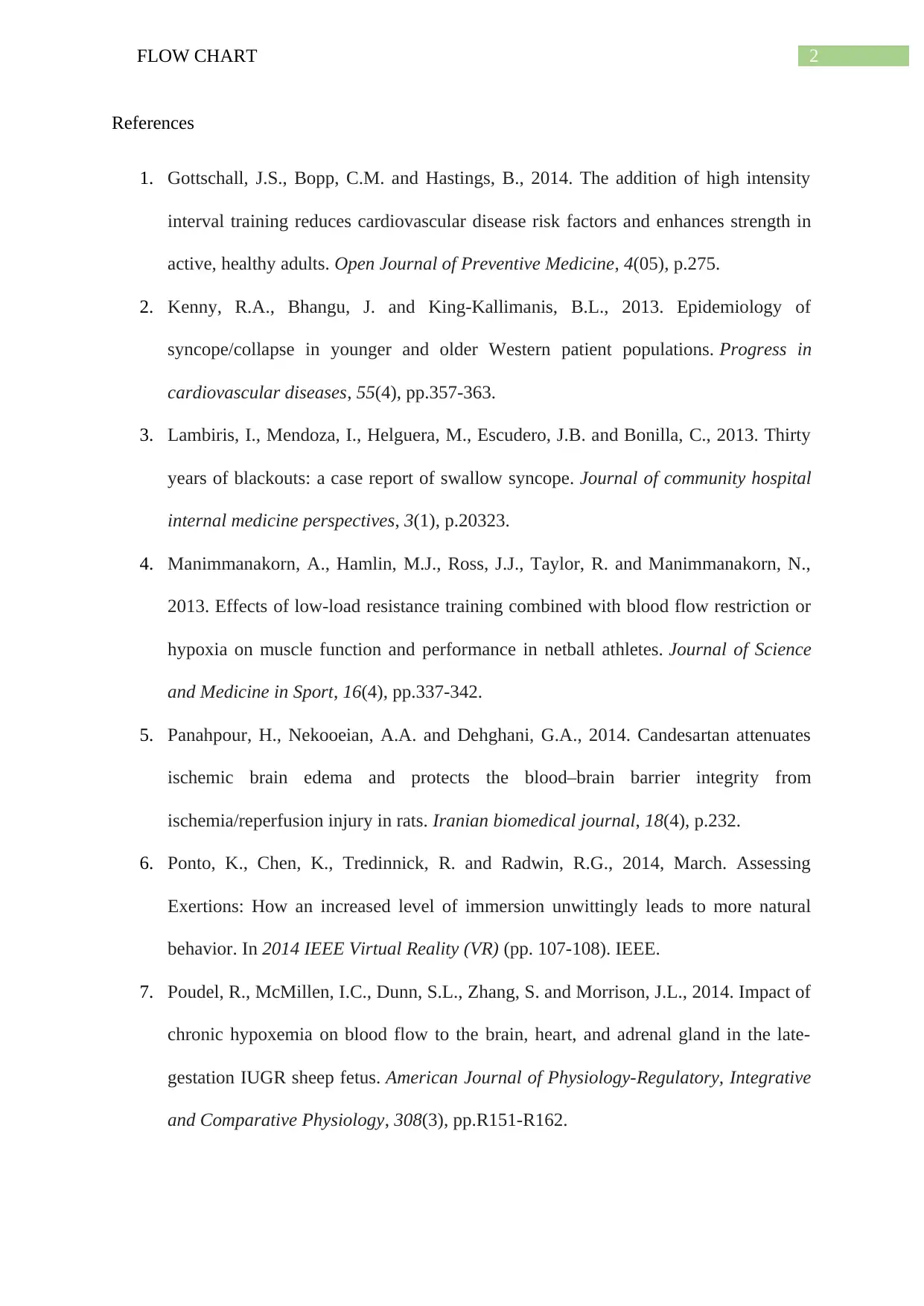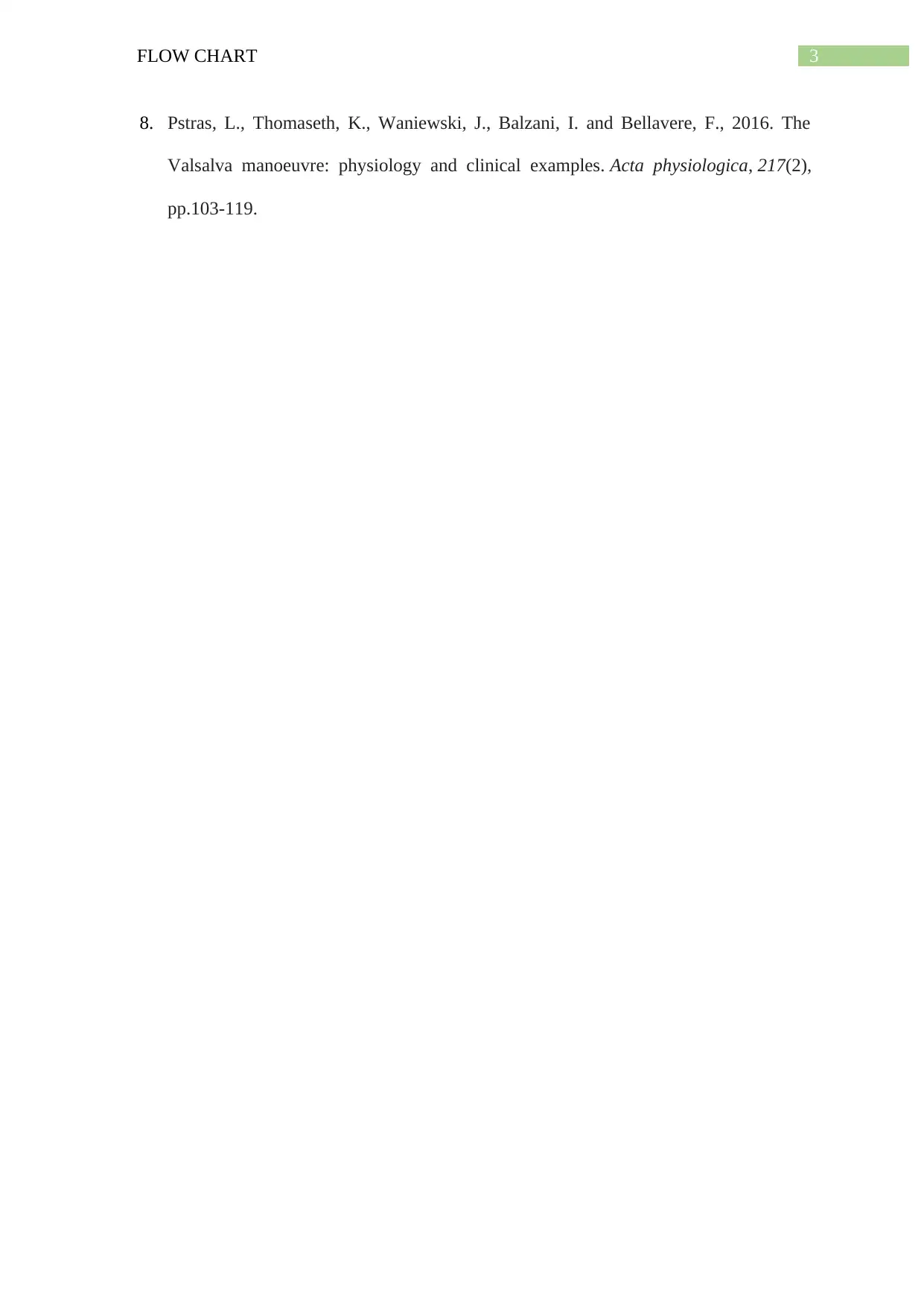Biology Assignment: Blood Pressure Homeostasis and Orthostatic Stress
VerifiedAdded on 2022/09/15
|4
|412
|6
Homework Assignment
AI Summary
This assignment explores the physiological responses to orthostatic stress and the mechanisms of blood pressure homeostasis. It examines the cardiovascular system's adjustments when transitioning from a lying to a standing position, focusing on the autonomic nervous system's role in maintaining blood flow to the brain. The assignment includes a group discussion component to understand normal responses to orthostatic stress. The solution references scientific literature to support the understanding of blood pressure regulation and the body's attempts to maintain homeostasis. The assignment covers the challenges to blood pressure homeostasis and the adjustments that the body makes to maintain blood pressure. It involves understanding the normal response of the cardiovascular system when moving from lying to standing, with a focus on the published scientific literature to understand how the body maintains blood pressure homeostasis. The solution provided here can be used as a reference to understand the concepts.
1 out of 4










![[object Object]](/_next/static/media/star-bottom.7253800d.svg)